So you’ve just found out that the property you are planning to buy is a Grade 2 Listed Building, or maybe that you are already living in one! You are now wondering what exactly this means for you and your home renovation plans.
While the thought of owning or living in a listed building may put off some people, you do not really need to worry too much as long as you equip yourself with the right information and seek guidance from expert conservation consultants.
See more about our Heritage and Conservation Work
Read More
Grade 2 Listed Buildings are the most common type of listed buildings and make up about 92% of all listed buildings in the UK. This makes it the most likely grade of listing for a homeowner. Grade 2 listed buildings are structures of special interest that warrant preservation efforts. Some prominent Grade 2 buildings include BT Tower, Alexandra Palace, and Swansea’s Palace Theatre.
The principal legislation governing this area is the Planning (Listed Buildings and Conservation Areas) Act 1990.
Grade 2 is just one category of the estimated 500,000 listed buildings that are entered on the National Heritage List for England (NHLE).
Here are the other two listed categories:
Grade 1: This class of buildings make up only 2.5% of listed buildings. These buildings are of exceptional interest with outstanding architecture and historic significance. Some famous examples include the Palace of Westminster, Warwick Castle, King’s College London Chapel and Buckingham Palace.
Grade 2*: Around 5.8% of listed buildings are Grade 2*, which are considered as particularly important buildings of more than special interest. They usually have extra merit, such as outstanding interiors. Examples of Grade 2* buildings include Coliseum Theatre in London, Rise Hall in East Riding of Yorkshire and the Manchester Town Hall Extension.
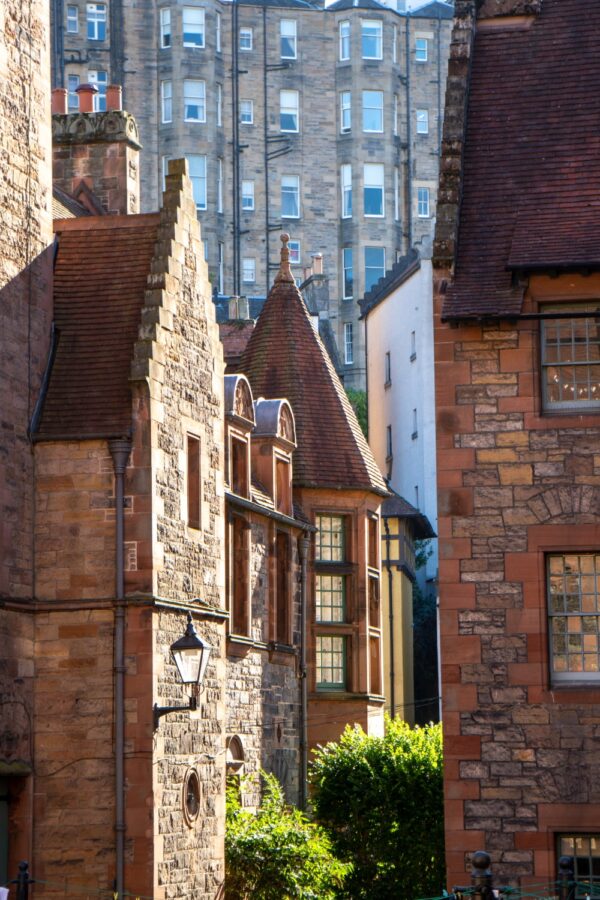
The reason buildings are listed is to mark structures that hold national, historical, and architectural interest. Listing does not only apply to residential or commercial properties but also to monuments, bridges, gardens, and parks.
A listed status legally protects a building from being demolished, extended, or inappropriately altered so that its special interest can be preserved. According to English Heritage, all buildings built before 1700, as well as those constructed between 1700 and 1840, are to be protected.

Anyone can nominate and apply for a building to be listed. These applications are to be submitted to English Heritage, the body that administers the application process. They will then provide expert recommendations to the Secretary of State for Culture, Media and Sport on which nominations meet the listing criteria.
Below are some of the criteria that are considered when evaluating a building for listing:
Age and Rarity: Most buildings built before 1840 are listed buildings, while more selection is exercised for buildings built after that year. It is rare for buildings to be listed if they are less than 30 years old unless they are outstanding or under threat.
Aesthetic Merits: Refers to the visual appeal of the building, but buildings with exceptional historic value may be exempted from this criterion.
National Interest: Considered distinctive as they may represent a certain region, city or state.
Selectivity: A building has to be the most significant representation of a large number of buildings of a similar type for it to be listed.
Once a building is listed, there will be a list description attached to it. The list description is used to identify the building and provide details about its history, aesthetics and significance. This makes it easier for potential owners to learn why the specific property holds a special historic interest.
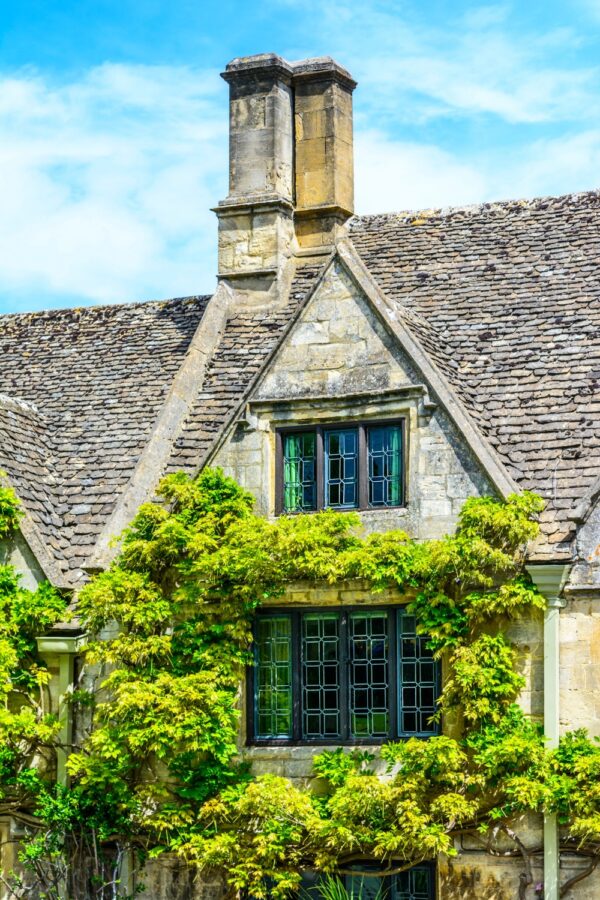
When a building is listed, the listing covers the whole exterior, interior, layout, and any other object or structure attached to the building. Unless parts of the building are specifically excluded in the list description, its entirety is deemed listed.
The listing can also cover:
Later extensions or additions.
The area of land, boundary walls, railings, and garden features may also be included in the listing (known as the curtilage).
It is best to consult heritage building and conservation experts to ensure what exactly is covered for each building, because the unique features of each individual property mean that what is listed can widely vary.

Many property owners choose to acquire and live in a listed building because of the uniqueness and historic significance of these properties. If you are living in a listed building, chances are, you are not going to have the cookie-cutter design of modern residential homes.
Depending on the building you own, a listed status may also mean an increase in the value of the property. Another advantage is that you may be eligible to apply for grants in case you need to make any repairs or alterations.
What some property owners may see as a disadvantage is the additional requirement and controls over the changes an owner can make to a property. However, if you consult with experts early, this can be an uncomplicated process.
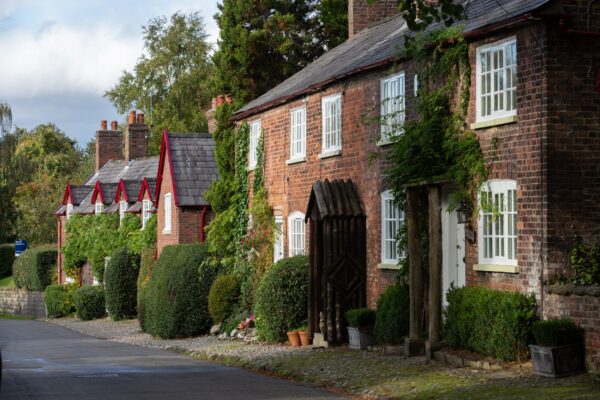
The common misconception is that it is impossible to alter listed buildings. But just like any other property, listed buildings are meant to be used, and they can be altered and extended with the proper guidance.
What can be changed or altered would need to be evaluated on a case-by-case basis because every property is different. What may be okay to alter in one building may not be applicable to another building, even if they hold the same grade.
This is the main purpose of the Listed Building Consent, wherein the government will make a decision on what alterations can be made based on the property’s function, condition and historic significance.
When you are planning to alter a listed building, seeking out professional advice can save you time and money. You wouldn’t want to start paying interior decorators or buying materials without the guarantee that you can actually perform the changes. The cost of the expert is a small price to pay compared to the risk of devaluing your property or worse, having to undo the new work.
Learn more about the “Dos and Don’ts” of Grade 2 Listed buildings.
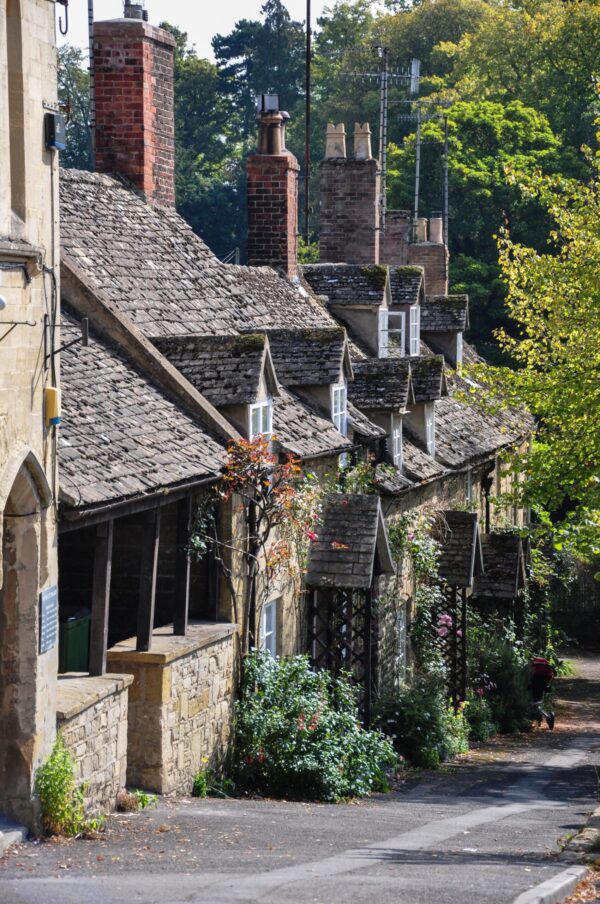
If you own or are living in a listed building, keep in mind that any work, repairs or improvements in any part of the building that will in any way affect its special character or appearance would need Listed Building Consent.
Generally, Listed Building Consent is not required for repairs and maintenance carried out on a like-for-like basis. However, it is important that appropriate materials and methods are used.
If you perform any work that did not pass through the proper authorisation process, you are committing a criminal offence. This does not mean you should be scared to make any changes; it just means that you have to take the necessary steps required to ensure you are within the guidelines provided.
The common misconception is that it is impossible to alter listed buildings. But just like any other property, listed buildings are meant to be used, and they can be altered and extended with the proper guidance.
What can be changed or altered would need to be evaluated on a case-by-case basis because every property is different. What may be okay to alter in one building may not be applicable to another building, even if they hold the same grade.
This is the main purpose of the Listed Building Consent, wherein the government will make a decision on what alterations can be made based on the property’s function, condition and historic significance.
When you are planning to alter a listed building, seeking out professional advice can save you time and money. You wouldn’t want to start paying interior decorators or buying materials without the guarantee that you can actually perform the changes. The cost of the expert is a small price to pay compared to the risk of devaluing your property or worse, having to undo the new work.
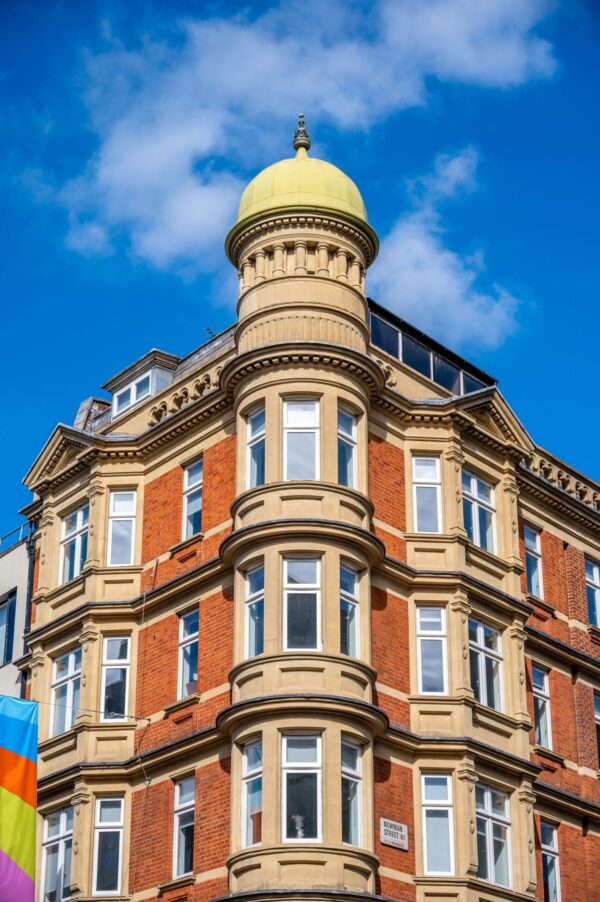
Our experience and vision have shaped hundreds of projects across sectors, from energy and funding to architecture and design, helping bring ideas to life.
